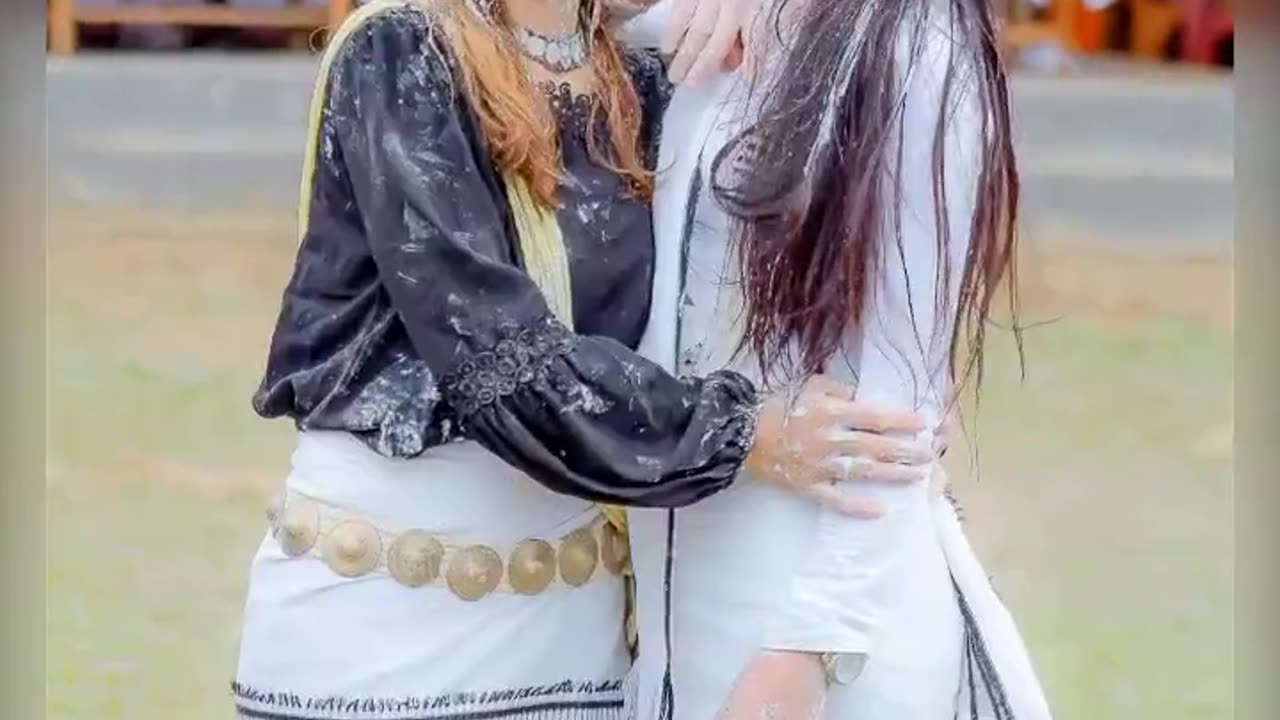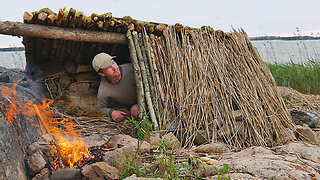Premium Only Content

#Traditional attire of different unique culture of Northeast India
Traditional attire in Northeast India is as diverse and vibrant as the cultures that reside in this region. Here are a few descriptions of traditional clothing from different states in Northeast India:
Assam's Mekhela Chador: The women of Assam grace their occasions with the elegant Mekhela Chador. The Mekhela, a pleated skirt, is paired with the Chador, a draped piece of cloth, often intricately woven with vibrant motifs. This attire reflects the rich Assamese heritage and is a symbol of grace and simplicity.
Arunachal Pradesh's Galo Attire: The Galo tribe of Arunachal Pradesh showcases its culture through its distinctive attire. Men wear a lungi with a woven belt called "patta," while women don a wraparound skirt known as "gale." These garments are often adorned with intricate beadwork and patterns, reflecting the tribe's connection with nature.
Mizoram's Puanchei: Mizoram's women are known for their beautifully woven Puanchei. This traditional attire features a handwoven wraparound skirt with bright colors and intricate designs. The Puanchei is an essential part of Mizoram's cultural identity and is worn with pride during festivals and celebrations.
Nagaland's Naga Shawls: Nagaland's various tribes each have their unique traditional shawls. These shawls are not just garments but also symbols of identity and social status. They are intricately woven with vibrant colors and patterns, often depicting the tribe's history and folklore.
Meghalaya's Jainsen and Dakmanda: The Khasi men in Meghalaya traditionally wear a Jainsen, a long white robe, while women don the Dakmanda, a two-piece attire consisting of a blouse and a wraparound skirt. These garments are usually made of handwoven cotton and are adorned with tribal motifs and embroidery.
Manipur's Phanek and Innaphi: The Phanek is a cylindrical skirt, and the Innaphi is a shawl that women in Manipur wear. These traditional Manipuri attires come in various colors and designs and are often used to represent different occasions and moods.
These descriptions offer a glimpse into the rich tapestry of traditional clothing in Northeast India, where each state's attire reflects its unique culture, history, and identity.
-
 LIVE
LIVE
Viss
4 hours ago🔴LIVE - PUBG's Revival is Underway - Learn The Tactics You Need!
214 watching -
 LIVE
LIVE
Jeff Ahern
56 minutes agoNever Woke Wednesday With Jeff Ahern
142 watching -
 LIVE
LIVE
Crypto Power Hour
6 hours agoCrypto Trends Influencing The Market
54 watching -
 8:12
8:12
Silver Dragons
1 hour agoWill Gold & Silver Ever Become WORTHLESS?
25 -
 46:22
46:22
Members Club Pod
3 hours agoTrump’s White House Bash, the Vanishing Epstein List & Charly’s TikTok Debut - MC02
7851 -
 21:49
21:49
NordicVentures
4 days ago3 Days Alone on an Island: Building a Survival Shelter, Catch and Cook
5893 -
 2:10:01
2:10:01
Nikko Ortiz
3 hours agoArmy Ranger URGI Loadout
32.8K4 -
 53:38
53:38
Sean Unpaved
3 hours agoReese's 2K26 Spotlight, Biden's Doc Pleads the Fifth, & Burrow's Super Bowl Quest
15.9K1 -
 1:04:10
1:04:10
Timcast
3 hours agoTrump Threatens FEDERAL TAKEOVER OF NYC Over Communist Democrat Zohran
140K123 -
 1:58:35
1:58:35
The Charlie Kirk Show
3 hours agoDEI Kills + Epstein Schism? + The Bloodthirsty Left | Mailman, Davis, Wheeler, Ungar-Sargon | 7.9
50.2K18